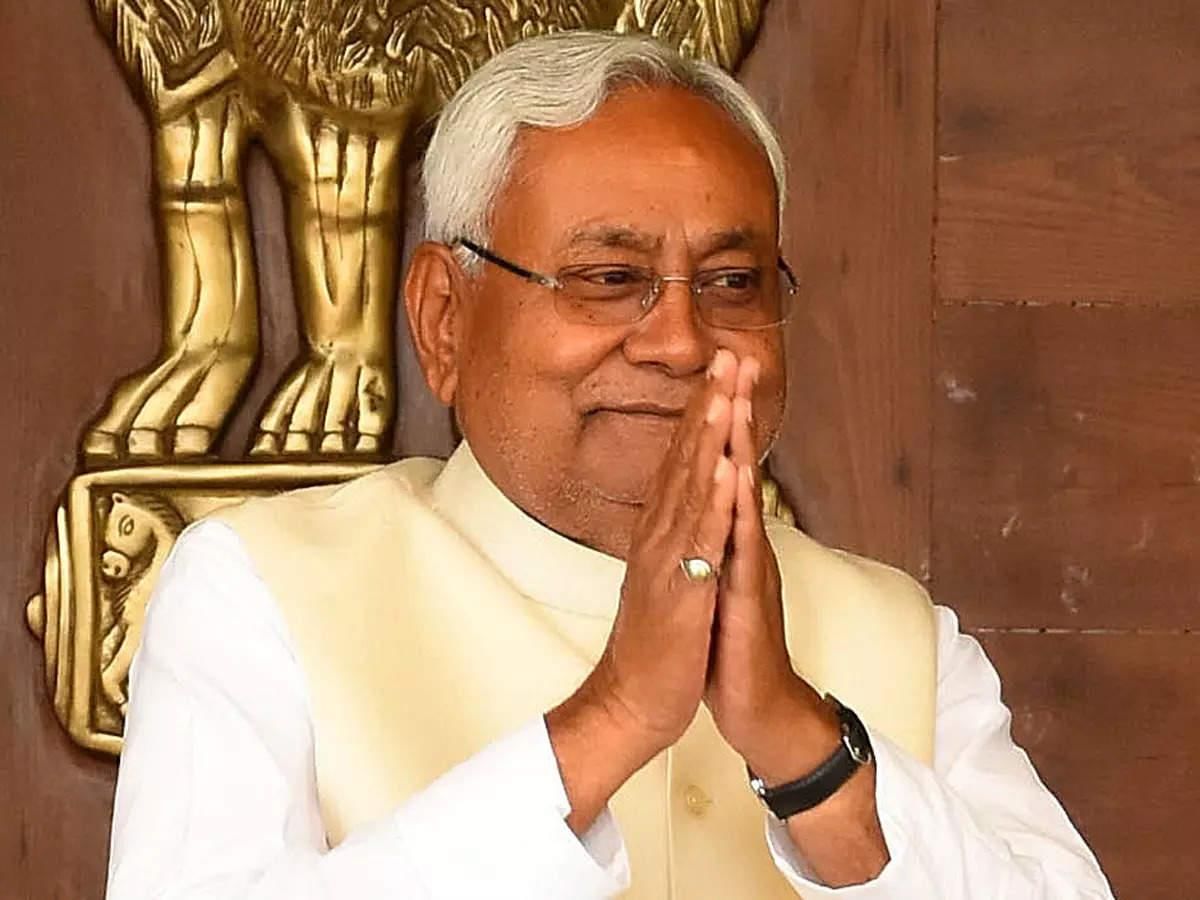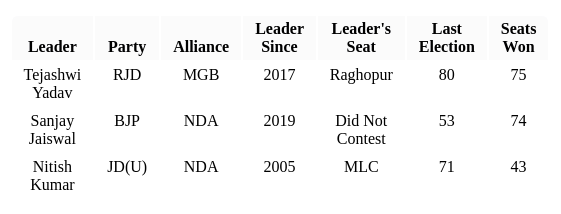Software Development Exam > Software Development Tests > Test: Bihar Specific (Polity - I) - Software Development MCQ
Test: Bihar Specific (Polity - I) - Software Development MCQ
Test Description
10 Questions MCQ Test - Test: Bihar Specific (Polity - I)
Test: Bihar Specific (Polity - I) for Software Development 2025 is part of Software Development preparation. The Test: Bihar Specific (Polity - I) questions and answers have been prepared
according to the Software Development exam syllabus.The Test: Bihar Specific (Polity - I) MCQs are made for Software Development 2025 Exam.
Find important definitions, questions, notes, meanings, examples, exercises, MCQs and online tests for Test: Bihar Specific (Polity - I) below.
Solutions of Test: Bihar Specific (Polity - I) questions in English are available as part of our course for Software Development & Test: Bihar Specific (Polity - I) solutions in
Hindi for Software Development course.
Download more important topics, notes, lectures and mock test series for Software Development Exam by signing up for free. Attempt Test: Bihar Specific (Polity - I) | 10 questions in 20 minutes | Mock test for Software Development preparation | Free important questions MCQ to study for Software Development Exam | Download free PDF with solutions
Test: Bihar Specific (Polity - I) - Question 1
As per the recently released caste survey data by Bihar Government, which among the following communities is the largest sub-group, accounting for 14.27 percent of all OBC categories.
Detailed Solution for Test: Bihar Specific (Polity - I) - Question 1
Test: Bihar Specific (Polity - I) - Question 2
How many times has Nitish Kumar taken oath as the Chief Minister of Bihar as of January 2024?
Detailed Solution for Test: Bihar Specific (Polity - I) - Question 2
Test: Bihar Specific (Polity - I) - Question 3
How many members of the Legislative Council are nominated by the Governor in Bihar?
Detailed Solution for Test: Bihar Specific (Polity - I) - Question 3
Test: Bihar Specific (Polity - I) - Question 4
With reference to the case in Supreme Court regarding Menstrual Leave, consider the following statements:
1. There is no legal provision for menstrual leave in India at the Central Government level.
2. Kerala and Bihar are the only state in India to grant menstrual leaves to their employees.
Which of the above is/are correct?
Detailed Solution for Test: Bihar Specific (Polity - I) - Question 4
Test: Bihar Specific (Polity - I) - Question 5
Who was elected unopposed as the Speaker of the Bihar Vidhan Sabha?
Detailed Solution for Test: Bihar Specific (Polity - I) - Question 5
Test: Bihar Specific (Polity - I) - Question 6
After the formation of Jharkhand state in 2000, the Rajya Sabha seats were divided into _______ and _______ between Bihar and Jharkhand respectively.
Detailed Solution for Test: Bihar Specific (Polity - I) - Question 6
Test: Bihar Specific (Polity - I) - Question 7
Which party has the highest number of MLAs in Bihar Legislative Assembly as per January 2024?
Detailed Solution for Test: Bihar Specific (Polity - I) - Question 7
Test: Bihar Specific (Polity - I) - Question 8
How many former candidates from Bihar did the Election Commission blacklist for not disclosing election expenses?
Detailed Solution for Test: Bihar Specific (Polity - I) - Question 8
Test: Bihar Specific (Polity - I) - Question 9
When was President's rule imposed in Bihar for the first time?
Detailed Solution for Test: Bihar Specific (Polity - I) - Question 9
Test: Bihar Specific (Polity - I) - Question 10
After Independence of India, who was the first governor of Bihar?
Detailed Solution for Test: Bihar Specific (Polity - I) - Question 10
Information about Test: Bihar Specific (Polity - I) Page
In this test you can find the Exam questions for Test: Bihar Specific (Polity - I) solved & explained in the simplest way possible.
Besides giving Questions and answers for Test: Bihar Specific (Polity - I), EduRev gives you an ample number of Online tests for practice
Download as PDF





















